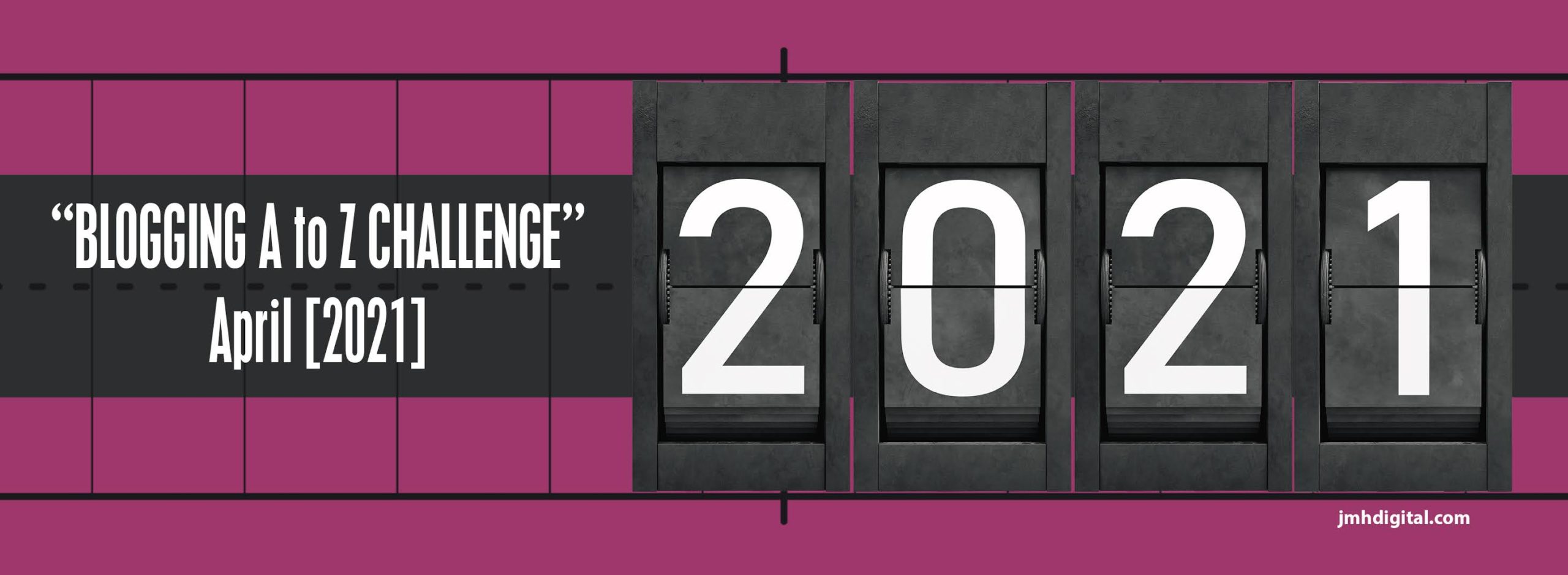
All my A-Z blogs are about my desire and plan to become an indie author who sustains himself via his writing.
In “A is for Author,” I described the difference between an author and a writer, having an audience.
I hope supporting myself is self-explanatory.
But I think defining indie is worth our time. In fact, it might be more worthwhile than defining ‘author’ was.
As I said in my author post, I have considered writing as a career twice as an adult. The first time was while we were decommissioning the USS Skipjack. I spent a good deal of time researching what it took to break into fiction. I planned a series of science fiction short stories, which I’d submit to magazines. After I’d sold a few, I’d write a novel and submit it to publishers.
That was a great plan twenty years before I formulated it. I learned publishing had changed. Short stories did not establish a name or pay well. You were starting to need an agent who would submit to publishers, adding a layer. I decided the effort to reward ratio was off, got married, finished my time in the Navy, and went to college to study mathematics and computer science.
A decade later, I was divorced. I wrote a lot on LiveJournal and toyed with the idea of writing a novel out of transition. At the time, chick-lit was the hot thing, and I read a lot of it. I wanted to write something like that from a male point of view. I spent a lot of time on craft and supposed writing methods, filling index cards with scenes and characters.
Still, the prospect of selling to agents and then publishers instead of people who actually wanted to read my books dimmed my enthusiasm. Writing settled into my annual NaNoWriMo attempt and nothing more.
Along the way I got involved in the S&M scene.
Like a lot of people, my interest was piqued by porn. I had read Anne Rice’s Sleeping Beauty series, without realizing what they were, in the 90s. I read a Gor novel here and there. My ex had not been interested, so actual exploration waited until later.
In that exploration, I learned something. Straight male dominants, straight female submissives, and gay men, in general, seemed to have more success in meeting people and engaging in S&M, especially in the Dominance and submission side of things. I can’t speak to lesbians very well, but they seem to do alright.
Straight female dominants and straight male submissives, however, seemed to struggle a lot more. No one is really sure of how to do it. The defaults of ice queens, groveling worms, sadistic bitches, and do-me male subs pre-dominate.
I decided a big part of the problem was the lack of models. The others had good models, especially in their porn. Mr. Bensen, a gay male book, is one of the hottest things I read, and while the extremes are for the realm of fantasy, it did provide a pattern for how to behave. Gor novels are similar. I know plenty of people into Gor as the basis for their S&M relationships, and far and away, the majority are functional. Does it really match the worst of the books? No. Do the books give people a model to rely on while learning about themselves and what they want? Yes.
I read a lot of detective fiction. From that, I said, “what if the femme fatale in a detective novel is a Female Dominant who, instead of stabbing the detective in the back, claims the detective as her submissive in the end.”
Thus was the idea behind Queen Takes Knight born.
I figured I’d write the book and put it up on Kindle. I wasn’t looking to be a hugely successful author. I just saw KDP would allow me the freedom to write the porn I wished existed. I didn’t need an erotica publisher to allow me to get it out there.
Queen Takes Knight remains 80% finished. By the time I was writing it, I had started to drift away from the S&M world. As I gained distance, the passion for writing the first good F/m erotica or porn faded. The novel itself was less erotica; it had never really been porn and more a detective novel with three graphic sex scenes that advanced the plot. The graphic details could be cut without losing the story.
What did not fade is the deeper lesson. KDP and its progeny, such as Kobo, had created freedom for writers looking to become authors. You could write independently of the current trends and fads in publishing. The world of independent publishing is independent as free software isn’t just free as in beer, but free as in freedom.
Of course, to transition from writer to author, you have to find an audience. If you use your freedom to write something that interests you and only you, you won’t make the transition. That is the risk of independence.
There is also a lot of work with independence. I listed many things they needed to do in “F is for Finances” that the publisher, in theory, does for you. Still, dependence is not much help. All but the richest authors will tell you at this point; the publishers aren’t going to do the advertising; that is your job. This is the responsibility of independence, which requires discipline. You might say they are the same thing.
Even with those risks and responsibilities, it is only the independence from gatekeepers and their devotion to the common denominator of the market that allows the effort needed to transition from writer to author appealing.





Good luck on your journey. It sounds like you are finding the path that will work for you.
Thank you.